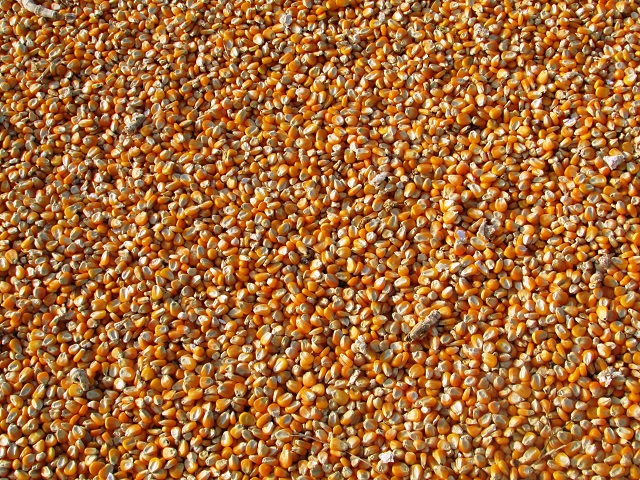Declines in Meat Consumption Highlight Challenge for Corn
URBANA, IL – One of the largest customers for U.S. corn is the livestock feeding industry, accounting for 40 percent of all purchases while the industry gobbles up more than 60 percent of domestic soybean production.
According to a recent FarmDoc article from University of Illinois ag economists, the future of the corn and soybean industries in the U.S> will either rely more on the feeding sector or will have to look abroad to find demand.
First, the article considers the path for consumer demands for meat, determining that from 1999 to 2006, meat consumption averaged over 250 pounds per person.
Then, from 2007 to 2013 consumption fell to a low of 235 pounds per person before rebounding back to 264 pounds in 2020.
Those declines were highlighted by the expansion of the ethanol industry in 2006 and low corn yields beginning in 2010.
The researchers wanted to know whether a relationship exists between higher corn prices and per capita meat consumption.
Over the first two decades of the 21st century, per capita, consumption and corn prices had a -.74 correlation coefficient. In addition, the Great Recession of 2008, which caused lower disposable incomes, is to blame for lower meat consumption levels.
Overall, U.S. consumption of meat is relatively stable and is influenced by the economics of feeding livestock and general economic conditions.
Though economic growth in the U.S. could increase meat consumption marginally, large increases should not be expected. So as a result, domestic meat consumption likely will not be a driver of increased corn and soybean consumption. If anything, feed demands for domestic consumption will likely decline with a continued switch to chicken consumption.
Given that per capita consumption of meat will not grow, increased demand will have to count on exports and other uses.
For more information, visit FarmDoc Daily.
(SOURCE: All Ag News)















































